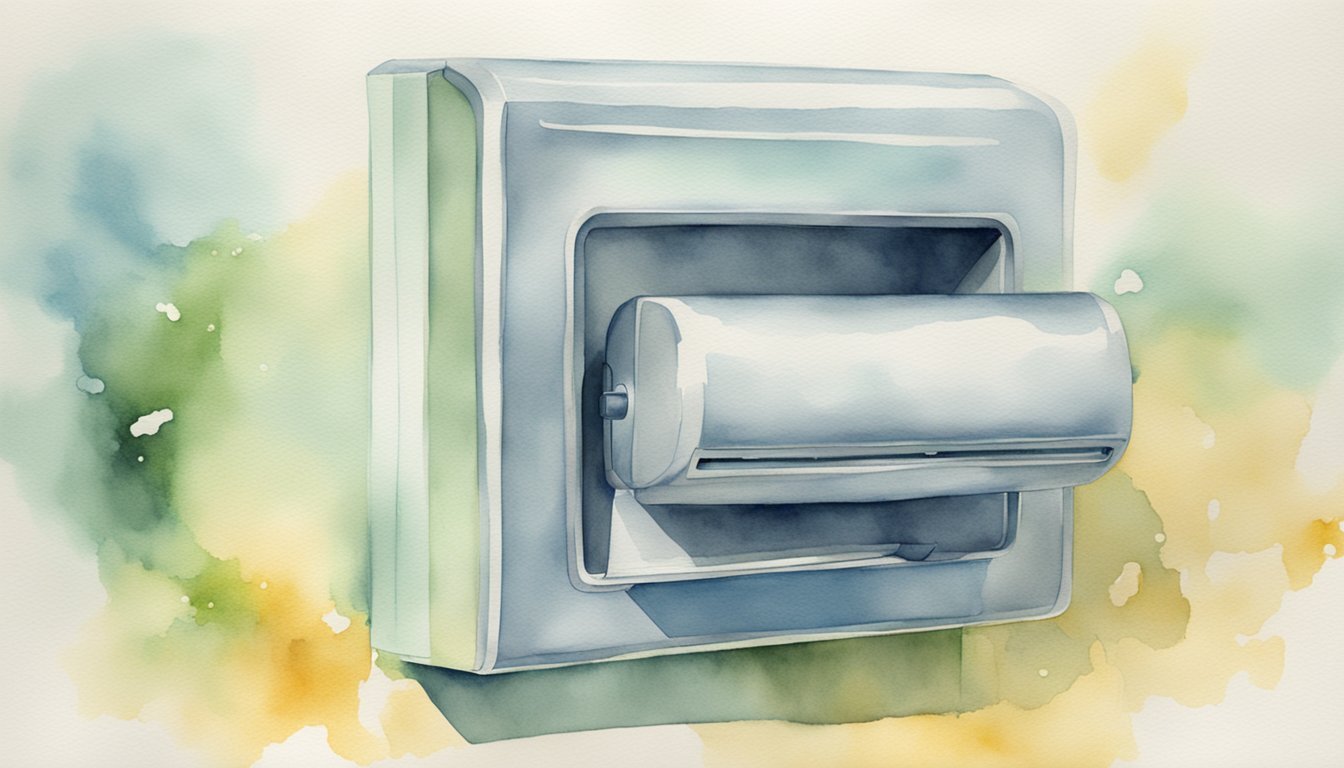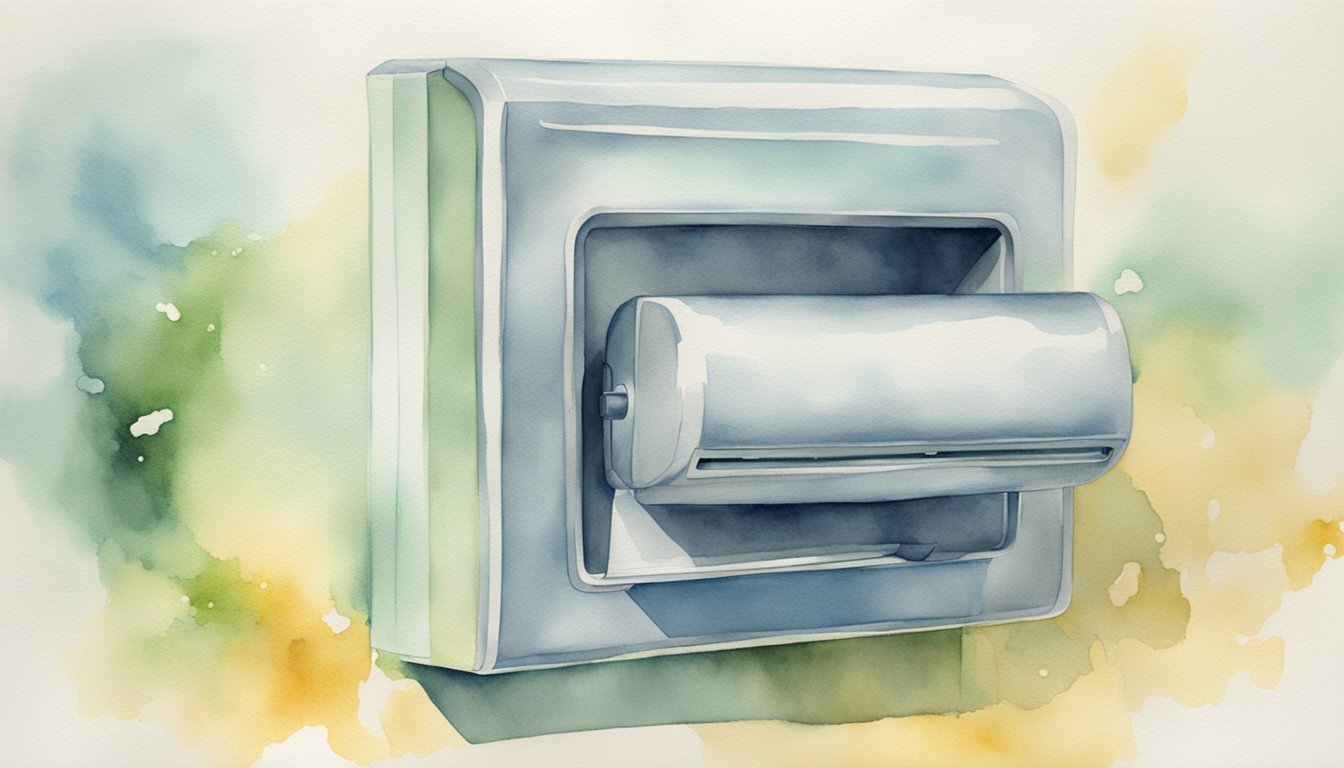Introduction to Hand Dryers and Bacteria
Choosing the right method to dry hands in public restrooms impacts not just personal hygiene but also the overall health of the community. As one navigates through the options, the unseen world of bacteria plays a critical role in this everyday activity.
Hand Drying Methods
When it comes to hand drying methods, the two most commonly found in public restrooms are jet air dryers and paper towels. Jet air dryers are an increasingly popular choice due to their perceived efficiency and eco-friendliness. These dryers work by forcing air out through narrow openings to rapidly dry hands. On the other hand, paper towels offer a tactile method of drying, where friction helps in removing moisture along with bacteria from the skin.
Bacterial Transmission Through Air
The concern with air-based drying methods, such as jet air dryers, is their potential to disperse bacteria into the air, which can then settle on surfaces in the washroom. This contrasts with paper towels which physically remove and contain bacteria within the towel, typically resulting in less airborne germ dissemination. Increased awareness and studies on this topic help to maintain more hygienic environments in public restrooms and protect community health.
Impact of Hand Dryers on Health

Hand dryers are a common sight in public restrooms, but their effects on health are not just about dry hands. They’re part of a larger conversation concerning hygiene and disease prevention.
Comparative Studies on Dryer Efficacy
Recent research indicates that different hand drying methods possess distinct implications for health. Studies suggest that the way hands are dried post-wash can impact the level of bacteria remaining on the skin. Among various methods, paper towels often come out on top for their ability to reduce pathogens without spreading them to the surrounding environment. Contrarily, some experiments have shown that jet air dryers might propel bacteria into the air, potentially staging a microbial performance at the user’s expense.
Hospital and Healthcare Settings
The stakes rise in the context of hospitals and healthcare settings, where infection control is paramount. Hand hygiene is a critical barrier against hospital-acquired infections, and choosing the right drying method matters. A study highlighted the importance of minimizing bacterial spread, suggesting that paper towels might be the safer choice over hot air dryers, especially in places where health is on the line. With a variety of pathogens such as flu viruses and even Covid-19 on the prowl, understanding the nuances of hand drying could significantly influence infection control strategies in healthcare environments.
Technological and Microbiological Insights

Hand dryers are a common sight in restrooms, vaunted for their ability to dry hands without paper waste. However, the complex interplay between hand dryer technology and microbial dispersion is a lesser-known aspect that’s intriguing for both technology enthusiasts and health-conscious individuals.
Design and Functionality
The design of hand dryers often encompasses a range of technology, from simple warm air systems to more sophisticated jet air dryers. The latter uses forced air to strip water from hands, promoting quick drying. Modern hand dryers may feature nozzles that adjust airflow patterns, adding efficiency to their design. These technological advancements focus on improving the user’s experience while optimizing energy use.
Microbial Research and Findings
Researchers, including microbiologists, have investigated the relationship between hand dryers and microorganisms. Agar plates, a common tool composed of a gelatinous growth medium, are used in controlled experiments to capture bacteria dispersed by hand dryers. Studies have discovered that jet air dryers can spread more microorganisms and pathogens, including Clostridium difficile and Staphylococcus aureus, compared to paper towels. These findings are crucial for high-stakes environments like health care settings, where disease transmission must be minimally controlled. The act of hand washing, followed by drying, is intended to reduce the microbial load, but aerosol generation from hand dryers necessitates a critical look at the restroom environment and its potential role in the spread of bacteria.

